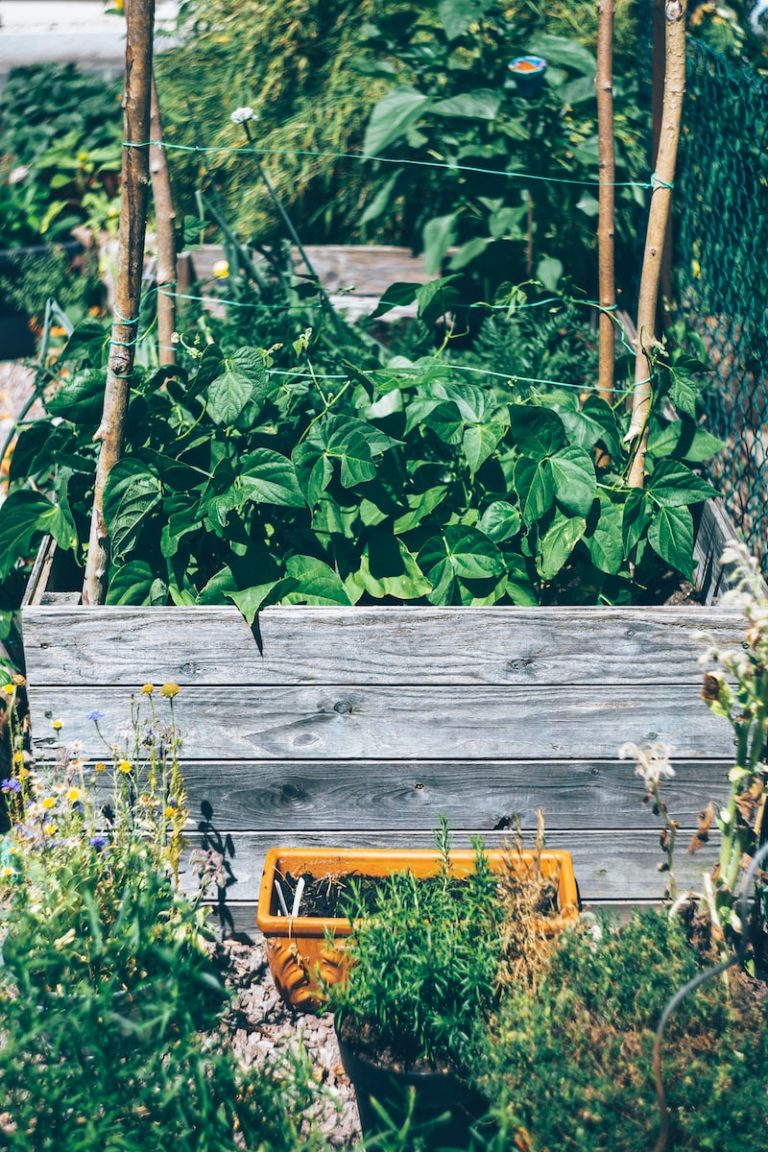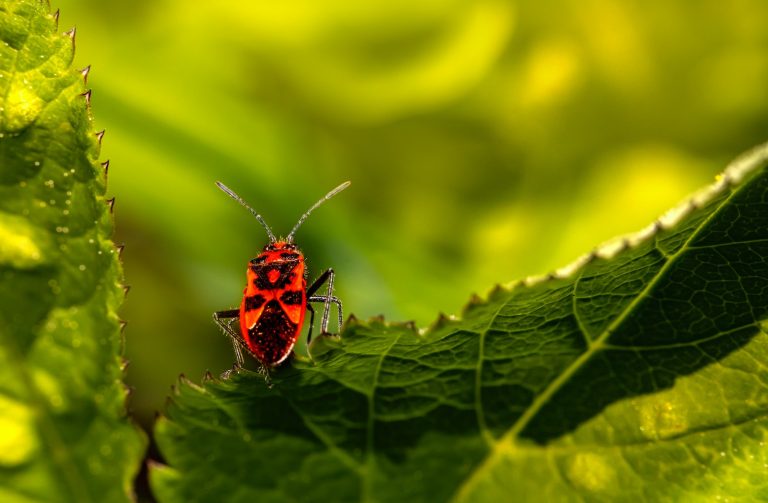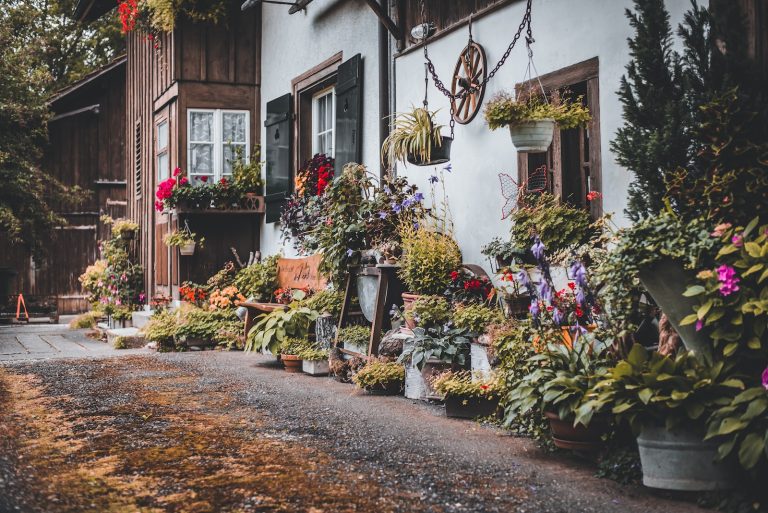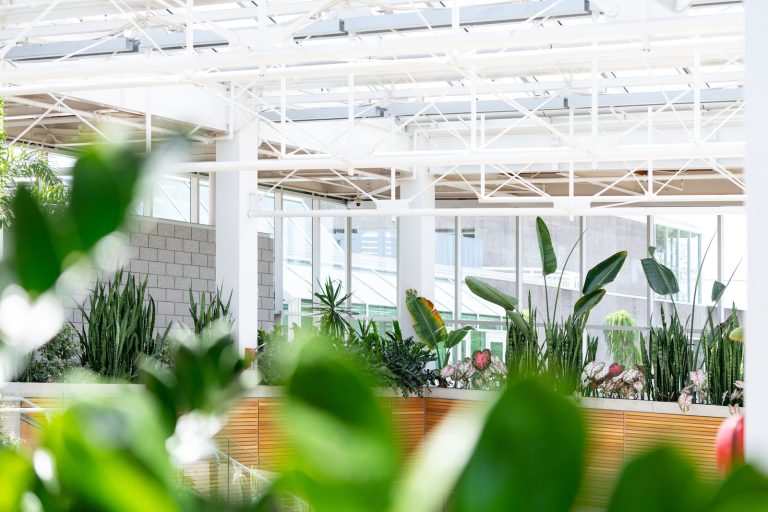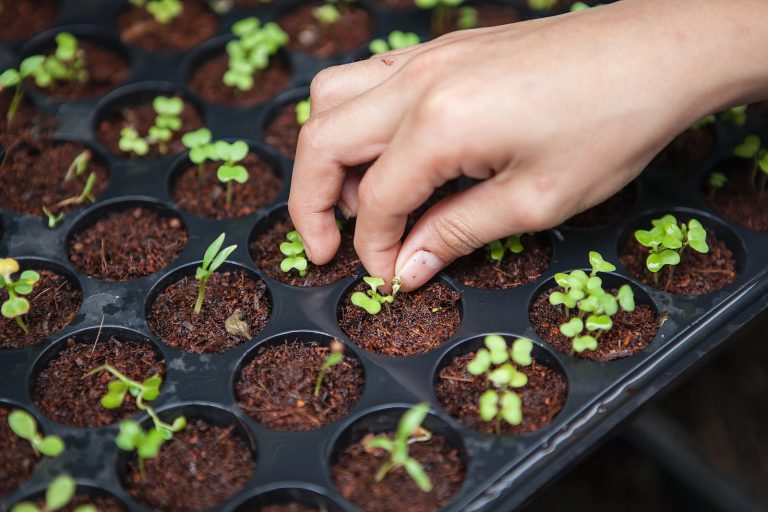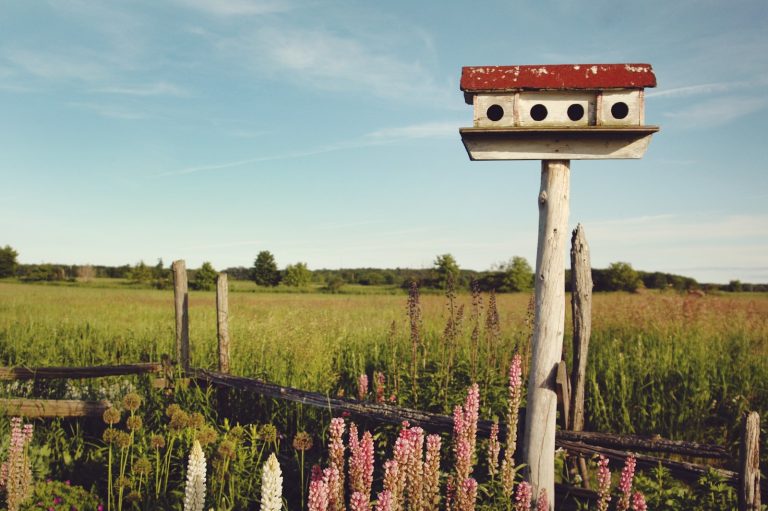How to Create a Hummingbird Garden in Your Backyard?

Are you tired of the same old boring backyard? Do you want to spice things up and attract some beautiful wildlife into your garden? Look no further than the hummingbird! These tiny, colorful birds are known for their energetic antics and stunning aerial displays.
And with a few simple steps, you can create a hummingbird garden that will not only provide them with food and shelter but also bring joy and entertainment to your own life. So grab your gardening gloves, it’s time to transform your backyard into a buzzing oasis for these feathered friends.
Benefits of a Hummingbird Garden
If you’re looking for a way to attract more hummingbirds to your backyard, one of the best things you can do is create a hummingbird garden! Hummingbird gardens are easy to create and can provide these beautiful little birds with everything they need to thrive. Plus, they offer numerous benefits for both the birds and the gardener.
Some of the top benefits of creating a hummingbird garden include:
Attracting More Hummingbirds: Obviously, one of the main advantages of having a hummingbird garden is that it will help attract more of these lovely creatures to your yard. If you live in an area where hummingbirds are not commonly seen, this can be a great way to get them to visit your property.
Providing Nutritious Food: Another benefit of having a hummingbird garden is that it provides these birds with a source of nutritious food. While they will still feed on nectar from flowers, having a variety of plants in your garden that produce nectar will give them a well-rounded diet and help them stay healthy.
Creating a Beautiful Garden: In addition to attracting more hummingbirds and providing them with food, having a hummingbird garden will also make your yard more beautiful. These gardens are typically filled with colorful flowers that bloom throughout the year, making them an excellent addition to any landscape.
Supporting Local Wildlife: By creating a habitat for hummingbirds in your backyard, you’ll be helping to support local wildlife and also aiding in their conservation. While it may seem like a small thing, every bit helps when it comes to preserving these unique and fascinating creatures.
Creating a hummingbird garden is an easy and rewarding way to add beauty and life to your backyard while providing essential food, shelter, and nesting materials for these beloved birds. If you’re looking to increase the wildlife in your yard, a hummingbird garden is definitely the way to go!
Right Location for Your Hummingbird Garden
If you want to attract hummingbirds to your backyard, it is important to choose the right location for your garden. There are a few things to consider when choosing the perfect spot for your hummingbird haven.
First, consider the amount of sunlight that the area receives. Hummingbirds prefer gardens that are sunny and open. They also like areas with some shade so they can take a break from the heat of the sun.
Second, think about the type of plants that you will use in your garden. Hummingbirds are attracted to brightly colored flowers, so choose plants that will bloom throughout the season. native plants are always a good choice, as they provide nectar and other food sources that hummingbirds need.
Finally, make sure there is a water source nearby. A birdbath or small fountain will provide the water these birds need and help keep them coming back to your yard all season long!
Plants Should You Use in Your Hummingbird Garden?
If you’re looking to attract hummingbirds to your backyard, there are certain types of plants you can use to make your garden more appealing to them. Here are some of the best plants to use in a hummingbird garden:
- Trumpet creeper (Campsis radicans) – This vine is a favorite of hummingbirds thanks to its bright red flowers. It’s also easy to care for and can quickly cover a trellis or fence.
- Scarlet sage (Salvia coccinea) – Another plant with beautiful red flowers, scarlet sage is a great addition to any hummingbird garden. It’s also drought-tolerant, making it a good choice for gardens in dry climates.
- Bee balm (Monarda didyma) – Bee balm is another Hummingbird magnet, thanks to its large, colorful flowers. It’s also an excellent choice for butterfly gardens.
- Red hot poker (Kniphofia uvaria) – As the name suggests, this plant has bright red flowers that are very attractive to hummingbirds. It’s a good choice for adding height and drama to your garden.
- Columbine (Aquilegia spp.) – Columbine is a pretty flower that comes in many different colors, including shades of pink, purple, blue, and yellow. Hummingbirds love all of them.
- Cardinal flower (Lobelia cardinalis) – The bright red flowers of this plant are irresistible to hummingbirds, making it a great addition to any garden. Plus, it’s easy to care for and drought-tolerant.
- Trumpet honeysuckle (Lonicera sempervirens) – Honeysuckle is another favorite of hummingbirds due to its fragrant flowers and bright colors. It also makes a great ground cover and can quickly overtake an area given the right conditions.
Maintain and Monitor Your Hummingbird Garden?
In order to keep your hummingbird garden flourishing and attractive to these tiny creatures, there are a few key things you need to do on a regular basis. First, deadhead any spent flowers frequently. This will encourage new growth and prevent the plant from going to seed.
Secondly, water regularly and deeply – at least once a week, or more in hot weather. This will help ensure your plants are well hydrated and can withstand periods of drought.
To keep an eye on the health of your plants and the overall condition of your garden, monitor for pests and diseases regularly. Look out for aphids, mealybugs, spider mites, scale insects, and whiteflies – all of which can wreak havoc on a hummingbird garden.
If you notice any of these pests, take action immediately to control them before they get out of hand. Common diseases to watch out for include powdery mildew, black spot, rusts, and bacterial leaf spots.
Keeping Predators Away from Your Hummingbird Garden
One of the best ways to keep predators away from your hummingbird garden is to make sure it is well-lit. Place a few solar lights around the perimeter of the garden and keep them turned on at night. You can also place a motion-activated light near the entrance to the garden.
Another way to keep predators away is to use bird netting over the top of your hummingbird garden. This will create a barrier that keeps out larger animals such as cats, birds of prey, and squirrels. Make sure the netting is securely attached to the ground and sides of the garden so that there are no gaps for animals to squeeze through.
In addition, consider using one or more feeders that have built-in squirrel guards. These devices will prevent squirrels from accessing the sugar water inside and stealing it for themselves. Without food, most predators will eventually move on in search of an easier meal elsewhere.
Attracting Hummingbirds to Your Garden
One of the best ways to attract hummingbirds to your garden is to plant flowers that are rich in nectar. Good choices include bee balm, bleeding heart, cardinals flower, columbine, impatiens, lantana, lobelia, and petunia.
You should also avoid using pesticides in your garden as they can be harmful to these delicate creatures. In addition to flowers, you can also attract hummingbirds by providing them with a reliable water source. A small fountain or birdbath can be just the thing to bring them into your yard.
Conclusion
A hummingbird garden is an excellent way to add beauty and natural life to your backyard. With the right flowers, plants, and feeders you can create a haven for these majestic birds that will be enjoyable for many years to come.
The key is research – it’s important to learn what type of flowers grow best in your region, as well as which varieties most attract hummingbirds before making any purchases. Armed with this knowledge you can easily create a lovely home away from home where both you and the hummingbirds can come together to enjoy nature’s wonders!
James is a passionate writer and gardener with years of experience in home gardening. He is the author of several articles and blog posts on HomeGardenBlog.com, a platform where he shares his expertise and love for plants and gardening with the world.

